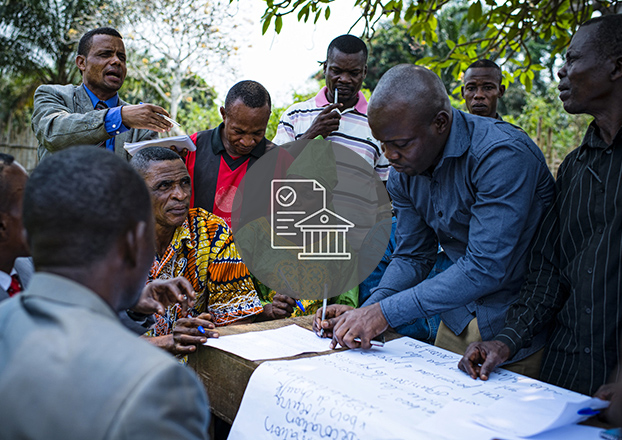Biodiversity and economic diversification are two key agroecological principles that are thought to confer resilience to agriculture and food systems, but evidence gaps remain in understanding and quantifying the relationship between them – not least because diversity and resilience are multidimensional and challenging to measure. This domain focuses on developing practical, operational indicators of diversityContinue reading “Evidencing relationships between diversity and resilience”
Domain Archives
Soil health including land restoration and avoiding degradation
Ensuring soil health is a key agroecological principle. Widespread land degradation at global scales represents a critical market failure for conventional agriculture. Agroecological approaches rest on the premise that the use of agro-biodiversity and recycling, coupled with phasing out environmentally-disruptive chemical inputs, will promote the maintenance of soil organic carbon and diverse soil biota, therebyContinue reading “Soil health including land restoration and avoiding degradation”
Sustainable and inclusive management of water resources and risks
Clean, fresh water is fundamental to human health and agricultural production, but populations are rising fastest in parts of the world where water is scarcest, and a vast amount of freshwater is currently extracted for use in crop irrigation, which is lowering water tables. Coupled with climate-change impacts and agricultural water-course pollution, a clean-water availabilityContinue reading “Sustainable and inclusive management of water resources and risks”
Achieving better nutrition through connecting consumers and producers
A key feature of agroecological approaches is attention to both dietary diversity and culturally-appropriate diets. While the use of agrobiodiversity naturally leads to more diverse food production over longer seasonal periods than monocultures, there are evidence gaps on the design of agroecological practices to deliver year-round nutrition, and on the awareness and agency of consumersContinue reading “Achieving better nutrition through connecting consumers and producers”
Fixing policies and institutions to enable adoption decisions
Agriculture and food systems are shaped significantly by public policies, strategies and investments. In recent decades, the global expansion of industrial agriculture has been characterized by the use of external inputs and mechanization, and public policies have facilitated this through measures such as subsidizing inputs. Other approaches to food production that emphasize environmental and nutritionalContinue reading “Fixing policies and institutions to enable adoption decisions”
Inclusive cross scale metrics for agricultural systems
The Transformative Partnership Platform on Agroecology (TPP) – supported by SDC – launched a bold citizen science campaign during UNFSS in September 2021 to involve smallholder farmers, farm workers, and food consumers in generating knowledge to accelerate and document agroecological transitions. This initiative aims to give a voice to all small-scale farmers who practice agroecologyContinue reading “Inclusive cross scale metrics for agricultural systems”
Evidencing socio-economic viability and understanding adoption decisions
There’s plenty of evidence that agroecological practices perform well in specific contexts, and can be as or more productive than conventional agriculture – while regenerating human and environmental health and contributing to social equity. But there’s an urgent need to understand and document which practices work where and for whom – and what motivates peopleContinue reading “Evidencing socio-economic viability and understanding adoption decisions”
Pest, disease and weed control
Managing pests, diseases and weeds is critical to ensuring agricultural productivity, but when based on the use of environmentally-disruptive chemicals, it can adversely impact human health, soil biota, pollinators, water quality and biodiversity – well beyond field and farm boundaries. Agroecological approaches address many of these challenges through the use of biodiverse crop, tree andContinue reading “Pest, disease and weed control”








